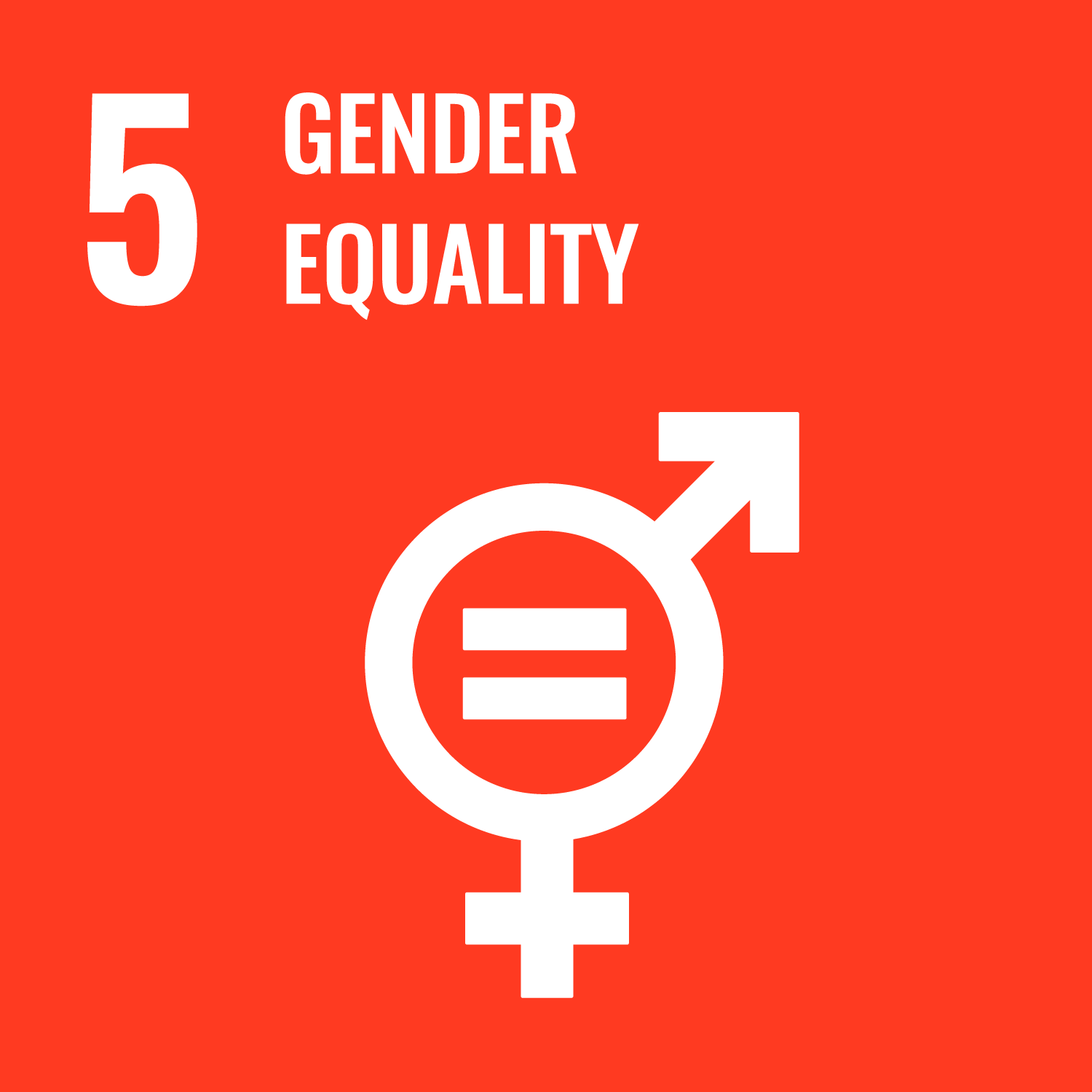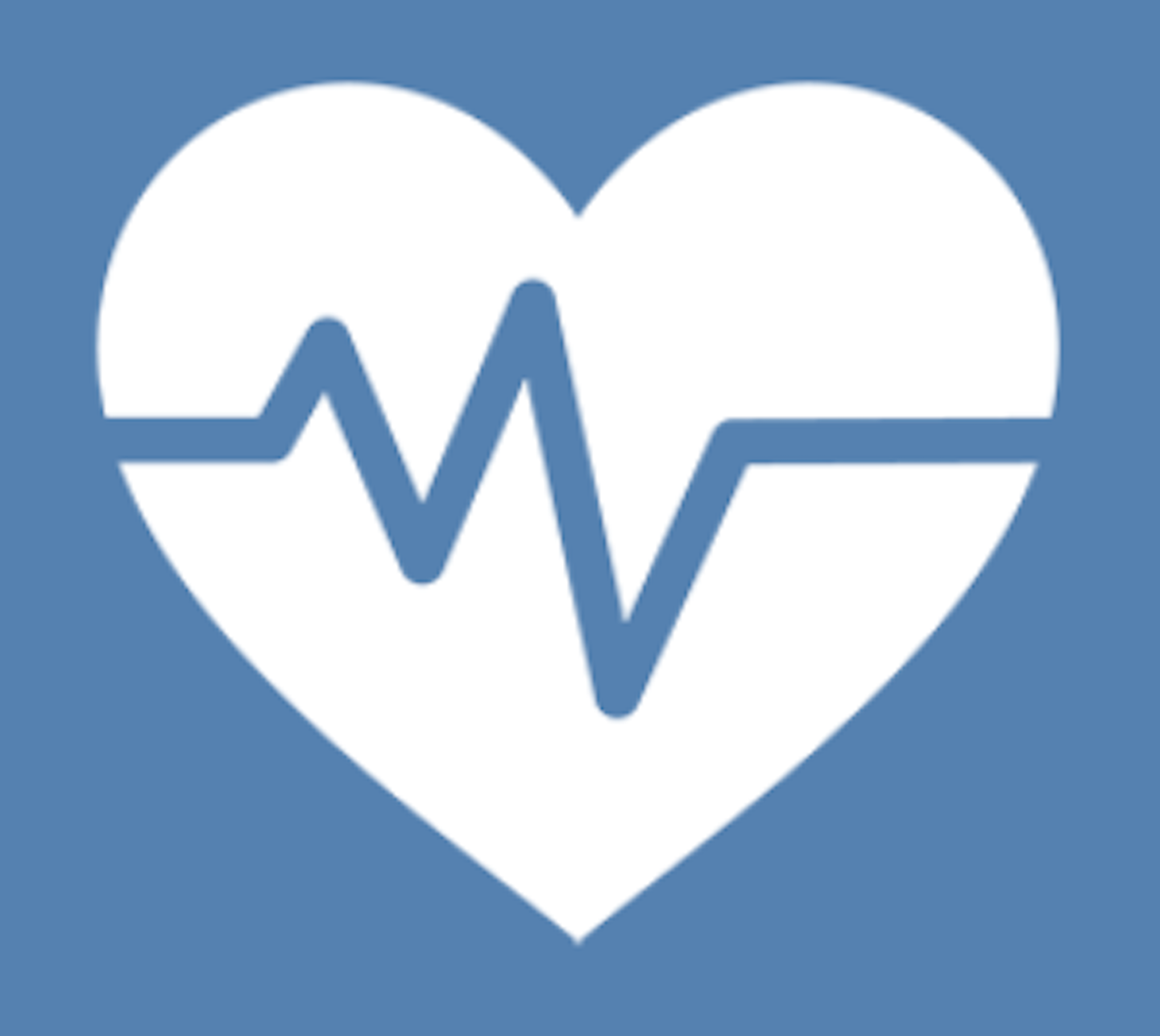This indicator measures changes in the levels of recent intimate partner violence against women and girls within marriage or marriage-like relationships. The indicator is limited to physical and/or sexual violence (SDG 5.2.1, sub-indicator 4) because of a lack of internationally comparable measures and definitions of psychological violence by intimate partners.
Data related to this indicator were provided by 27 of 35 countries (77%) in the Region by 2018. Statistics for this indicator vary greatly. The proportion of ever-partnered women or girls 15–49 years of age in the Region who have experienced physical and/or sexual violence during their lifetime ranged from 14% to 42% in 2018. Health inequalities determined by the distribution of wealth, education, access to the labor market, and opportunities for well-being are widely associated with high violence rates.
Policies and interventions to prevent violence against women and girls vary in maturity across countries. Achieving and maintaining the 7% target proportion of ever-partnered women or girls who have experienced physical and/or sexual violence during their lifetime by 2025 is unlikely due to impact of the COVID-19 pandemic on intimate partner violence (IPV) risk.
Recommendations
• Carry out multisectoral actions at regional, national, and local levels in alignment with the PAHO Strategy and Plan of Action to address violence against women and girls.
• Triangulate data from multiple sources that include key social stratifier variables like wealth, education, sex, urban-rural divides, and other social determinants of inequalities in IPV and related health effects.

